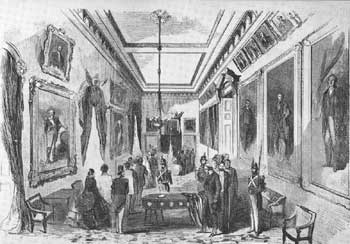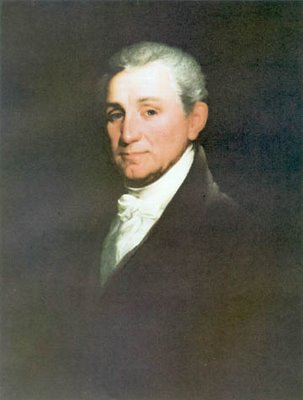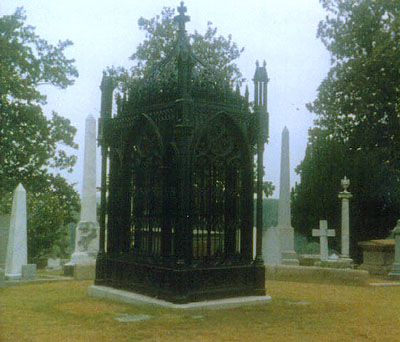
It was my honor to know Ray. He was a gentleman, singer, actor, and a survivor of the battle of Iwo Jima. Ray rarely talked about the event, but one day over some stingers, he let go of a little bit of his memory. Ray had been born on Dec 6, 1925. His father had a mandolin orchestra and Ray was surrounded with music from his childhood. That would play a part in his later life. But the war interrupted that.
Once Ray turned 18 in December of 1943, his path was like millions of other young men of the time. That was to join the military as the world was at war. He joined the marines in 1944. He then went through the months of indoctrination and basic training. Then he and hundreds of thousands of raw green troops went on their way. Of course none of them knew where they were going. The war in Europe was closing down, but the war in the Pacific was steaming. The Japanese were entrenched on many islands and were known to fight to the last man. So it was known that fighting them would be a living hell.
Ray said that in late 1944 he was on his way to the Pacific. He was transferred from ship to ship. Finally they knew something was up in early 1945, as he and a few hundred other very unlucky souls were loaded onto a large landing craft and sailed across the ocean. There were hundreds of these massive landing crafts that were loaded with soldiers. These ships were all flat bottomed and rode the water terribly. Everyone was seasick on board. This ship and it's very sick passengers were on their way to Iwo Jima.
He said they landed and the front gate opened and all of them were feeling awful. but soon they were under a hail of bullets and everyone of them to a man forgot about being seasick. Now they were in a battle, not only to take this small island, but for their very survival. He said he saw so many of his comrades shot down. As he used to joke years later "They were trying to kill me!" It was no laughing matter as thousands of men on both sides were killed.
He recalled the two flag raising's on the mountains. He said there were big cheers each time. I had never been aware of that till he told me about the flags. The photo I had always known was of the second flag raising. Each was important, but the first flag raising and those who were involved seemed to have been overshadowed by the second. Ray was eventually shot and crawled under a tank and was in great pain. His Sargent told him to get out from there but as he was barking his order he was shot and killed.
Ray was finally taken in and recovered from his wounds. He returned to the marines and even served again as a Drill Sargent in the Korean war. The marine flag always flew at his house.
Ray had a spectacular career after this. He worked on Broadway, toured in Summer stock. Sang with the Easternaires in the Music man all over the country. In later years he married his lovely bride Mickie. It was my pleasure to know and perform with this man for many years.
Mickie told me of a incident that happened in 1995. She and Ray were touring in Washington and Virginia. They were on a bus doing tours. They found themselves in Arlington and in the shadow of the monument honoring the second flag raising of Iwo Jima. Everyone filed by, but Ray, who had never seen it before was transfixed. It had been 50 years since he saw that scene.
The bus driver started honking the horn and yelled out his window "hey get in the bus old man". Mickie glared at the driver and said "Shut up....he was there"
There was just a silence after that, and a feeling of respect. Then Ray got on the bus with the quiet dignity that always was his and was left with his thoughts.
It was my joy to know him many years and learn a lot from him. He was always concerned about Mickie as he knew that she would survive him. But this was not case. Mickie sadly left this world in 2000. Ray existed six more years.
I recall my last conversation with him. I was to meet him in March of 2006. In December of 2005 I called Ray to wish him the best on his 80th birthday. In his typical humor he said to me..."Jack, you want to know something....80 sucks!" We laughed and then he died 2 weeks later. Never got to see him that coming March. But today as I read about Iwo Jima, I think of my friend, and remember.....

Back in the days when we performed together. From left to right Me, Bill Farrazanno (top) John Murray, and Ray

The monument




















